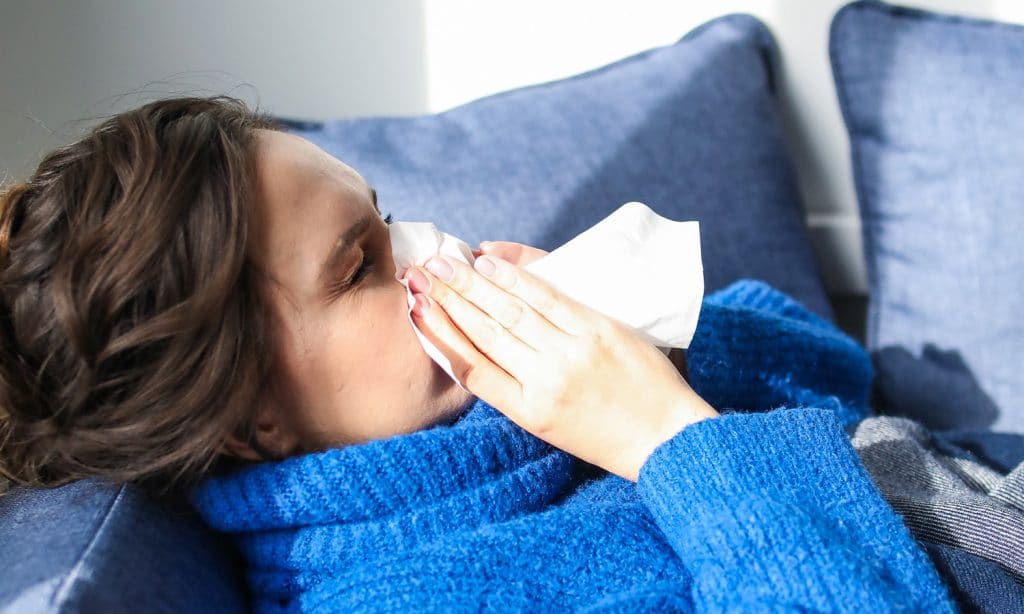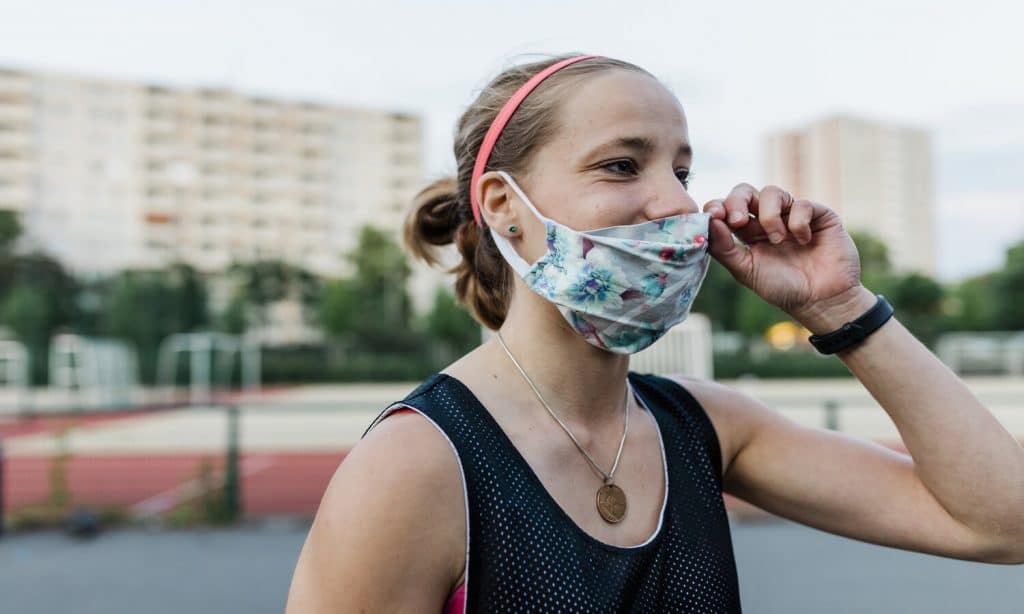COVID-19 spreads through respiratory droplets, with the amount of particles absorbed playing a role when it comes to the intensity of the symptoms patients experience.
We all know that COVID-19 spreads through respiratory droplets, absorbed by spending time with someone who’s infected by the virus. What happens after is kind of mysterious, with a lot of variability in people’s experiences with the disease; while some experience severe and life threatening symptoms, others may just feel like they have a weird cold.
There’s several explanations as to why this happens, primarily influenced by age, genetics and underlying health conditions. There’s also the amount of virus that the person was exposed to, which is associated with stronger COVID-19 infections.
When living through a pandemic there’s a level of risk we must embrace when doing everyday things, whether that means going to an office or the risk you assume when meeting up with trusted friends or family members. Another variable that matters is the viral load of COVID-19.
How does the viral load work?

Research shows that the viral load, the amount of virus people are exposed to, matters in ways that are not yet understood. The bigger the load, the higher the odds of catching the disease and of manifesting severe symptoms. The more virus you ingest, the more viral diversity of it you’ll have, creating a tougher fight for your immune system.
RELATED: 5 Most Common Face Mask Mistakes
Spending time and talking to someone who has COVID-19 is likely to result in a stronger bout of the virus than catching it by simply walking by an infected person in the grocery store. Experts also assume that the higher the viral load, the higher the odds people have of transmitting the disease, with each cough containing more viral particles.
How do you reduce the viral load you’re exposed to?

RELATED: 5 COVID-19 Vaccine Myths Debunked
Our biggest defense against the virus, aside from social distancing, is the use of face masks. Studies have shown that the use of masks can reduce or limit the amount of virus that’s inhaled and exhaled in the environment, protecting the wearer and the people that surround them.
Other measures, like hanging out outdoors or entering a place while wearing a mask can also reduce the amount of virus you may ingest, especially if you’re wearing a good mask or a surgical one.


